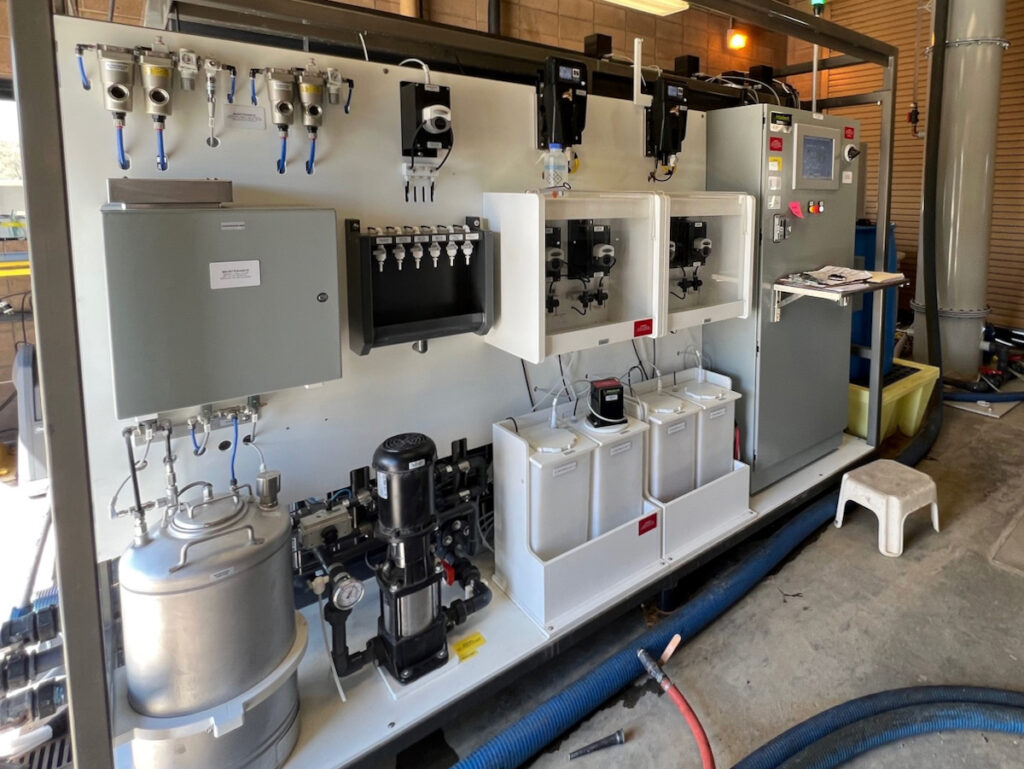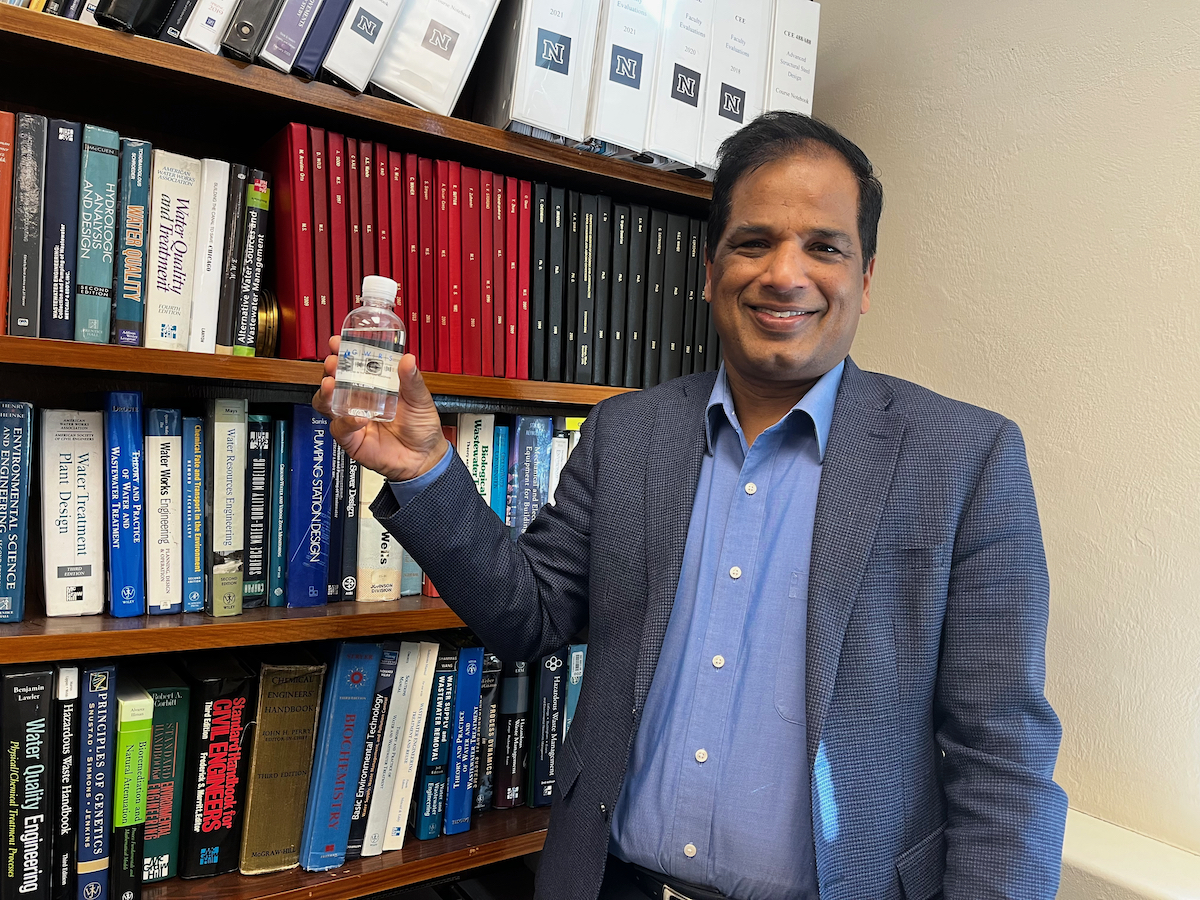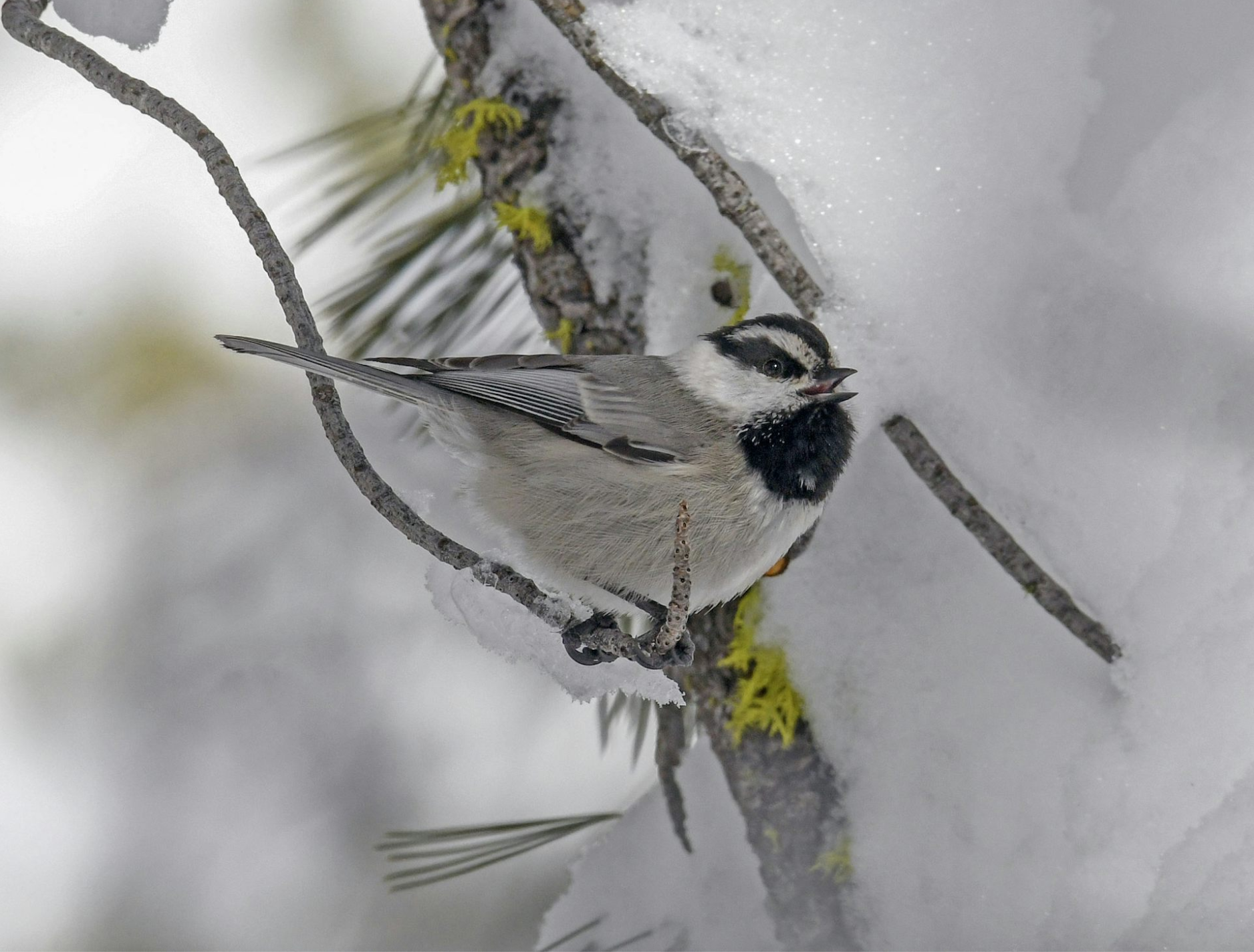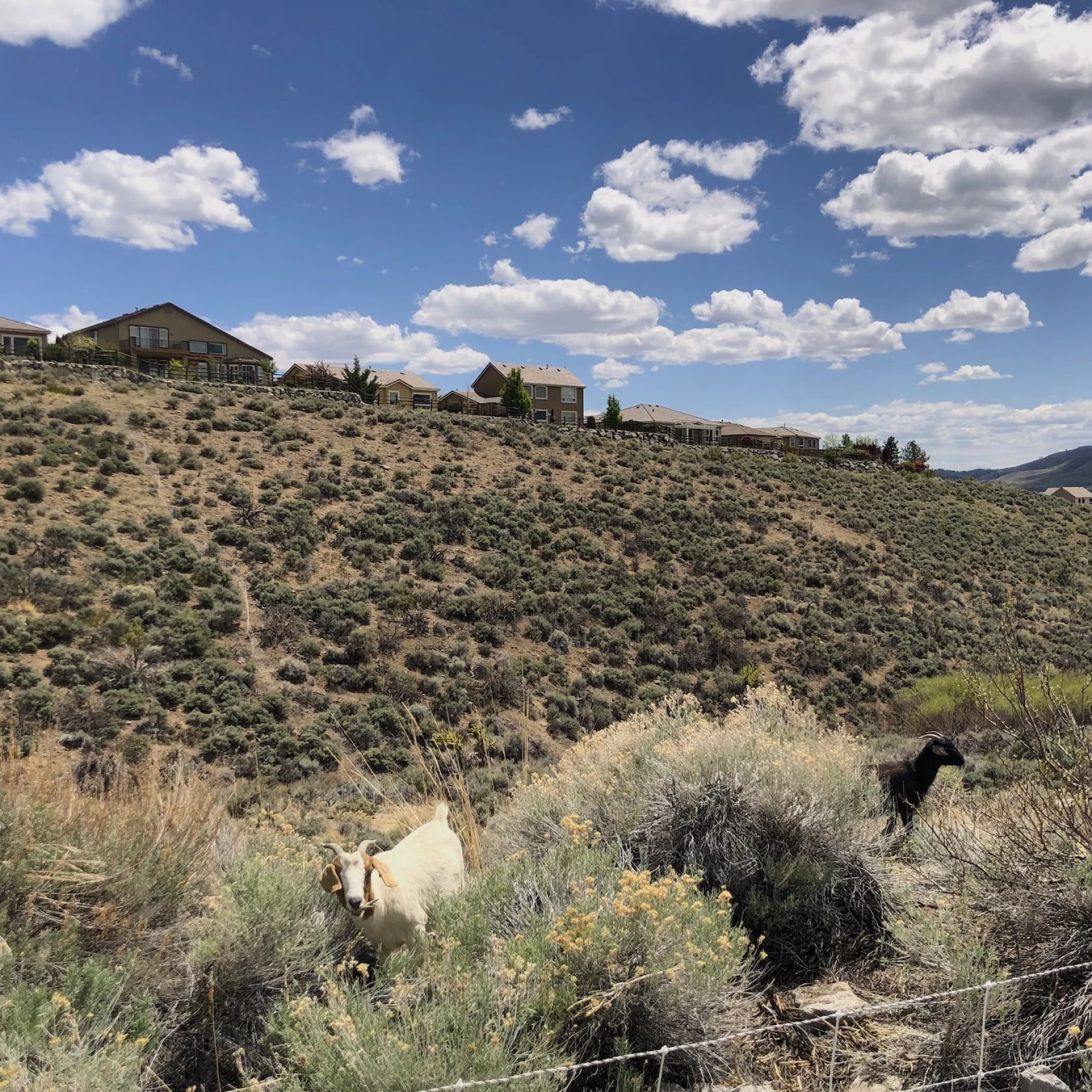The water you drink is not new; it is not being fabricated from scratch. It has passed from Earth’s atmosphere back to the rivers, plants, and animals many times before ending up in your drinking cup. Drinking what once was wastewater, then, should not sound so strange; it has been shown to be of the best quality when properly treated. The project OneWater Nevada is designing and creating an advanced purified water facility that will allow Northern Nevada to have underground storage of high-quality drinkable water as early as 2029.
As a project that does not judge the water by its history but by its quality, OneWater Nevada developed a system over the last five years for biological filtration of wastewater. Now, they are designing a large-scale facility that will start construction in 2024 and produce up to 2,000,000 gallons of advanced purified water per day — enough to supply a small community.
The project is a partnership between the Truckee Meadows Water Authority (TMWA); the cities of Reno and Sparks, the University of Nevada, Reno; Washoe County; the Western Regional Water Commission; and Truckee Meadows Water Reclamation Facility.
Although the region has quality water sources and enough reservoirs and underground storage, it is still an arid and drought-prone state. “What we want is to take the water that we already have and use and purify it back to drinking water quality, and put it in the ground and store it for future use for the region to be water resilient,” said Krishna Pagilla, Ph.D., environmental engineering program director at UNR. “It is like having money in the bank.”

The technology is ready
After years of testing and a smaller pilot study located in North Valleys, the team achieved water quality that meets the national and state drinking water regulations stated in the Safe Drinking Water Act against natural and man-made contaminants.
To do so, they tested a new treatment technology. “That is why our project is so unique,” said Lydia Teel, Ph.D., emerging resources program administrator at TMWA. “Cities located close to the coast use membranes such as reverse osmosis to purify the water, but that generates brine steam that is then sent to the ocean. We do not have that luxury in Nevada, being an inland community.”
Their approach has also been shown to be more complete than merely reverse osmosis. It is called ozonation followed by biologically active carbon filtration, or BAC, and it has been demonstrated in research studies to improve the treatment of wastewater.
“We use technologies such as ozonation where we add a strong oxidant which is similar to what is added in purified bottled water, and we use a biological method called biological filtration, where bacteria will remove any contaminants that may be present at very low concentrations, to non-detect levels, or of magnitude lower than any harmful effects they might pose,” said Pagilla.

Next Steps
The Advanced Purification Facility will be located in the North Valleys. The Water Reclamation Facility, where water will be stored underground, will be located at American Flats. The resulting water is pure enough to drink, but it will be injected into the ground for additional natural treatment and future storage.
One remaining challenge will be in educating the public that advanced purified water is okay to drink.
“We have a lot of public outreach to do,” Teel said. “We’re not worried about the technology as we know it can be treated to the point of drinking water, and it’s safe and reliable. But we want to make sure that people understand that it is safe. The next step is for us to educate the public.”
At the end of the day, all water is recycled as part of its natural cycle. “It’s not like our regular water is coming from outside of the planet,” Pagilla concluded.
Vanesa de la Cruz Pavas is a graduate student in the Media Innovation program at the Reynolds School of Journalism. She is a student in the News Studio: Science Reporting class, and a reporter for the Hitchcock Project.






